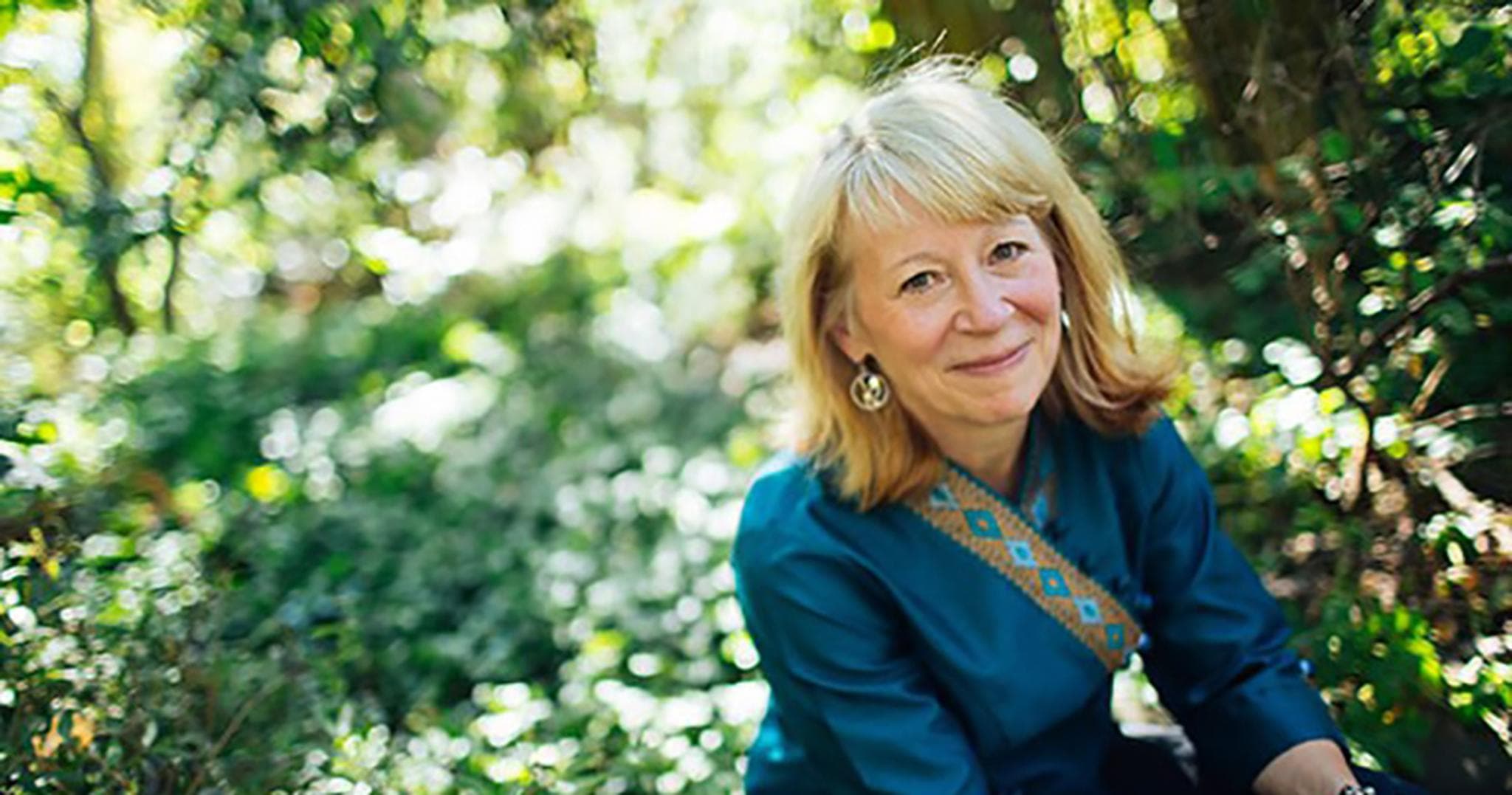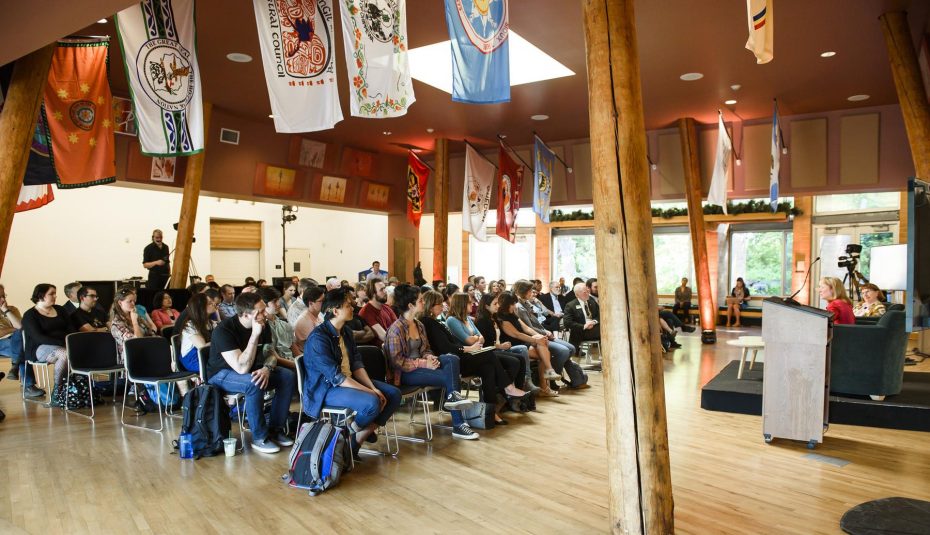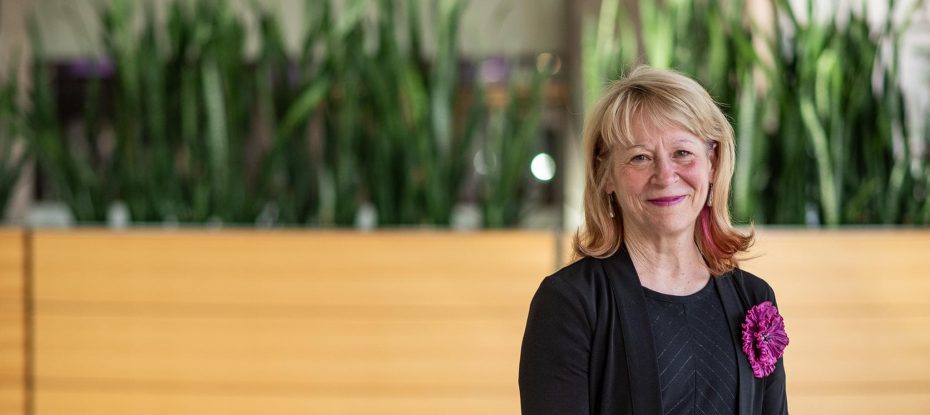Breaking through barriers in research is not always about scientific discovery. Geraldine Richmond and Jo Handelsman are two trailblazing women in science, paving the way for future women in STEM.
Richmond is renowned for discovering key molecular characteristics of water surfaces, earning her the 2013 National Medal of Science in Chemistry. Richmond is currently University of Oregon’s presidential chair in science and a chemistry professor. Handelsman researches antibiotic resistance and other public health implications of microbial communities. Handelsman is also the director of the Wisconsin Institute for Discovery.
Richmond and Handelsman will discuss their groundbreaking research and the challenges they faced along the way May 10, as part of the National Science & Technology Medals Foundation ongoing “An Evening With” series, at the Wisconsin Institutes for Discovery.
“Jo and I resonate on a lot of different issues so it will be fun,” Richmond said.
Both women were influenced by other women. Their mothers each played a key role in their development as researchers.
Richmond was inspired by her mother’s use of chemistry. Her mother worked a beautician and handled various chemicals in her salon.
“She was the first person to introduce me to chemistry, pointing out elements in the hair-product labels that were on the periodic table,” Richmond said recently of her mother while receiving the 2018 Priestley Medal, the highest honor awarded by the American Chemical Society. Richmond also noted her grandmother was also a role model for her own “independence and self-sufficiency.”
Handelsman’s mother is a source of inspiration for her work as well. Her mother died of antibiotic-resistant bacteria — an area Handelsman’s lab researches. No treatment worked. The bacteria that infected her mother had acquired resistance to all of the major antibiotics used to treat that species.
“In life’s ironies, I had studied antibiotics for many years before my mother got sick and we had even discovered some antibiotics, so this was already an interest of mine,” Handelsman said. “It was an incredibly frustrating thing to be a microbiologist and see her get sick and not be able to do anything when my own work deals with exactly this problem.”
“I always felt like if we had discovered new antibiotics before my mother got sick maybe we would have had one that could have treated her,” she added. “It’s an intellectual passion, but it is also a very personal one for me. It just doubly fueled what I was already interested in.”
Today, Richmond works to inspire and encourage the next generation of women pursuing careers in science.
“In my early years, growing up on a farm in Kansas, I wasn’t even aware of a career in science, let alone that I could aspire to it,” Richmond said during her Priestley Medal speech.
In 1997, Richmond helped to form COACh, an international organization addressing the barriers to women in science. More than 20,000 women have participated in the organization’s professional development workshops.
“We launched a series of career-development workshops on negotiation, leadership, and communication techniques to empower women in academia, industry, and beyond to be more strategic in their chemistry careers,” Richmond told the American Chemical Society.
Handelsman said Richmond’s work with COACh has a “globally high impact,” especially in helping chemistry departments understand what they may be doing unwittingly to put women at a disadvantage.



